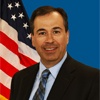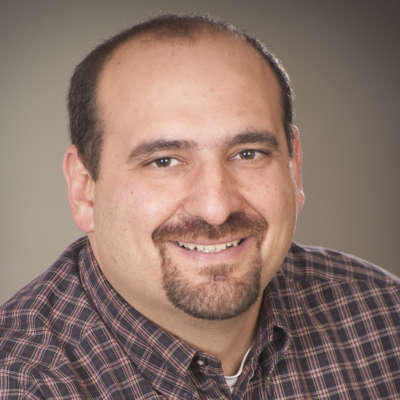When it comes to federal agency networks, over the last few years we’ve heard a lot of analogies around changing the tire of a car while driving 60 miles per hour down the road.
A better analogy might be the movie Speed with Keanu Reeves where if the bus dropped below 60 miles per hour, a bomb would go off. While we don’t want to over dramatize network modernization, we all know without the network, any organization, public or private, will have a hard time doing anything.
No matter the comparison you want to use, agencies are in the middle of both an evolution and a revolution when it comes to their networks.
First, the growing demand on the network is forcing agencies to continue down the evolution of how they deliver services. This is why approaches like the cloud, and now managed services are more popular than ever. Agency spending on cloud computing services surged to $4.1 billion in 2018, which is about 9% higher than in 2017, according to analysis from Bloomberg Government.
Second, the need for better security, better data access and management, and the expectation and desire for emerging technologies like artificial intelligence and machine learning are forcing agencies to rethink how the network of today needs to morph into one that is based on software not hardware and can be improved with a few keyboard strokes.
Angie Heise, the president of the civil group at Leidos, said modernizing the network is all about addressing challenges of today and taking advantage of emerging ones like 5G of tomorrow.
“Everyone has been very focused on cybersecurity and I don’t think that is going to end anytime soon. It’s about maximizing cyber resources and dollars you have to be able to best defend the networks and applications that you have,” Heise said. “We are seeing a lot being done around automation, whether it be around sec/dev/ops so that you can work quickly and develop applications for the end users or if it’s something more like robotics process automation where you can implement RPA to take tasks that your team and people are doing today and automate them so you can use those resources in a much better and more effective, and quite honestly, more challenging way for them to help the enterprise.”
State of Network Infrastructure and Strategy to Modernize
What this requires for modernization is defining what a consolidated outlook would look like of how do we have an outcome where we are much easier to support our infrastructure, bringing us much closer to the edge of the cloud and also allow us to define what modernization looks like for new technologies, new operations as well as new contract structures to be able to define and lower cost over time for DHS.
Stephen Rice
Deputy CIO, Department of Homeland Security
Cyber, Automation and Preparing for the Future
How do you take the skill sets that we’ve used historically to build the brick and mortar to now shift them so that they do think about things in Lego bricks, problem solving, being creative and agile? How do we create those cultures and teams to adjust? There are so many technologies that are probably coming out in the next three-to-five years that we don’t anticipate so how can we actually adjust and deliver in the next couple of years?
Angie Heise
President, Leidos Civil Group
We have to make a network that is capable of expanding and contracting similar to what we are doing with the cloud today because there will be times when we will need more capacity in the cloud. We have to start thinking about networks and cloud the same as you would with energy use. On a hot summer day in D.C., your energy use will be through the roof. We have to plan our networks for growth in our communities so you need to make it scalable and plan for those surges because you don’t want to have the down time that impacts the mission.
Beth Killoran
Deputy CIO, General Services Administration
Copyright
© 2024 Federal News Network. All rights reserved. This website is not intended for users located within the European Economic Area.












